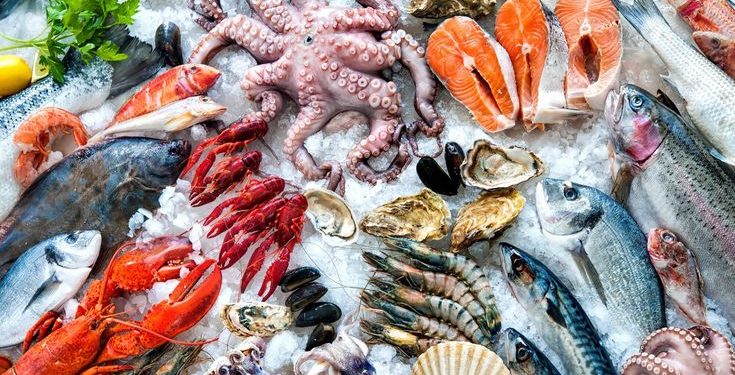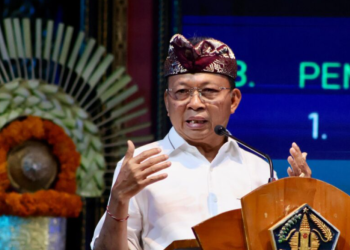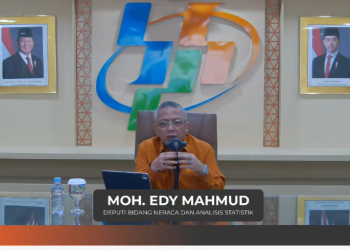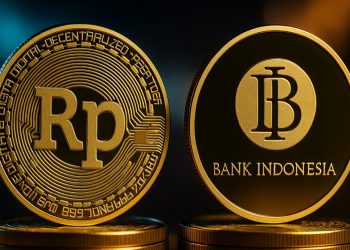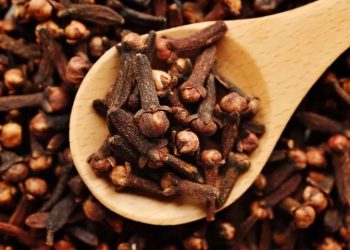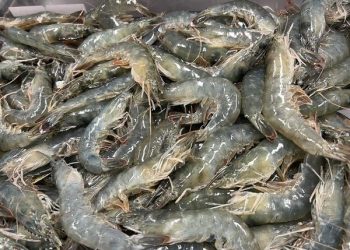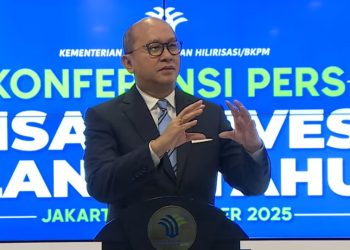Jakarta, Indonesia Sentinel — Indonesia is positioning itself to tap into the lucrative global seafood market, projected to reach $419.09 billion by 2030. In 2023, the market was valued at $269.30 billion, with a compound annual growth rate (CAGR) of 6.52% expected from 2023 to 2030.
Indonesia’s Minister of Maritime Affairs and Fisheries (KKP), Sakti Wahyu Trenggono, stated that the government has implemented policies under its Blue Economy Roadmap to optimize this potential.
According to Detik Finance, the roadmap focuses on five key areas:
- Expanding marine conservation zones
- Implementing quota-based sustainable fishing
- Developing sustainable aquaculture in marine, coastal, and inland areas
- Enhancing surveillance and control of coastal and small island regions
- Reducing plastic waste in oceans through fisher-participation initiatives.
Trenggono highlighted five key seafood commodities with substantial global market value that align with the roadmap’s goals. These commodities have been analyzed through government-led modeling to maximize their export potential.
The first commodity, shrimp, holds a global market value of $60.4 billion as of 2023, with Indonesia contributing $1.7 to $2.2 billion annually.
“Shrimp’s global market is valued at $60 billion, yet Indonesia’s exports only account for a fraction of that,” Trenggono said during a speech at Diponegoro University in Jepara, Central Java, on Friday, December 27.
Seaweed, another key commodity, had a global market value of $7.8 billion in 2023, with Indonesia controlling a 13.8% share. Despite being one of the world’s largest producers, much of Indonesia’s seaweed is exported as raw material.
“Value addition is dominated by countries like the Philippines, South Korea, and China. Ironically, processed products from these countries are then re-imported into Indonesia,” Trenggono remarked.
Tilapia, valued at $13.9 billion globally with a 10.9% market share, also presents untapped potential. Trenggono questioned why Indonesia has yet to match Egypt’s success in tilapia farming, despite having vast aquatic resources.
Crab exports, with a global market value of $879 million and a 7.3% share, were also highlighted as an opportunity. Similarly, lobsters, valued at $7.2 billion globally with a 0.5% market share, represent a high-value export commodity that remains underutilized in Indonesia.
Jakarta Offers Free Public Transportation During New Year Celebrations
Trenggono emphasized that downstream industrial development must go hand-in-hand with strengthening upstream sectors. “Indonesia talks a lot about downstream processing, but the upstream sector remains weak. If upstream production is robust, downstream development will naturally follow,” he concluded.
The minister’s remarks underscore the need for structural improvements across Indonesia’s seafood industry to fully capitalize on the nation’s vast marine resources.
(Raidi/Agung)


